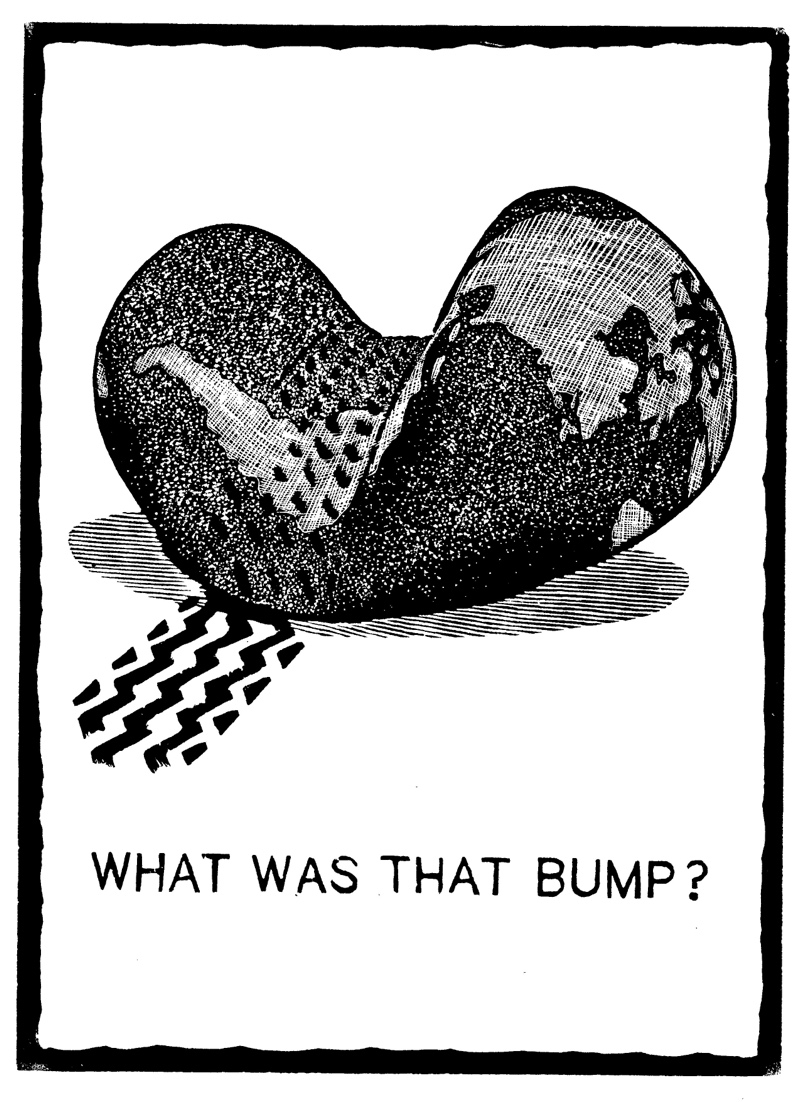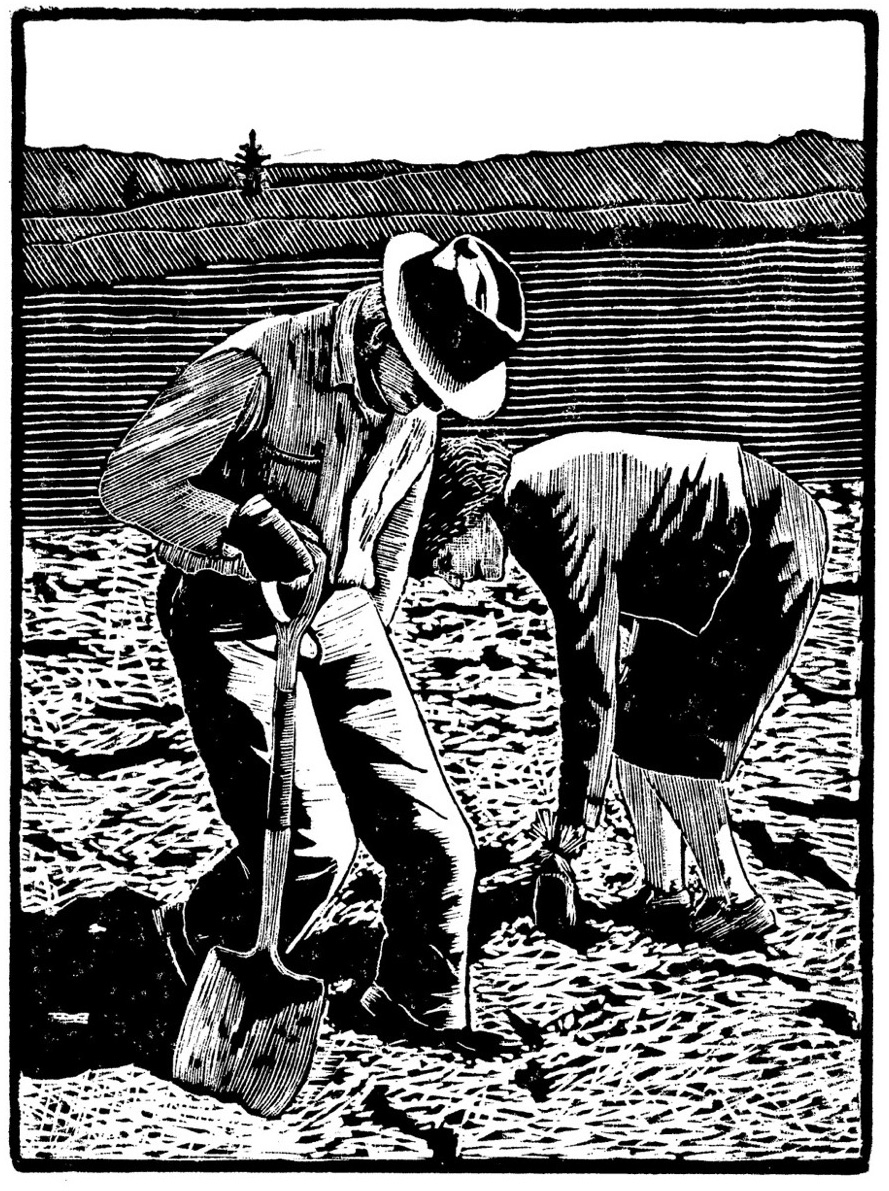RESTORING THE PITCHFORK RANCH
Book Excerpts
CHAPTER ONE
The Pitchfork Ranch
THE PITCHFORK RANCH IS easy to pass by on the way to somewhere else, yet it’s a special place with a story to tell. Since our purchase of the ranch in 2003, Lucinda and I have pursued habitat restoration born of hope. The work offers an answer to what each of us can do to assume responsibility for our part in creating the climate, species extinction, and soil crises. Undoing the human-caused damage to the planet will take a Herculean effort: prompt, bold, innovative, socially just action, and constant, disruptive and dedicated activism.. A significant slice of the challenge consists of natural climate solutions, of which habitat restoration is among the most promising: an essential strategy to combat these crises that can be embraced by everyone, wherever you live, even if you don’t own property.
The history of this ranch is steeped in Western lore, archaeology, plant and animal life, and a unique hydrology—a rare source of arid-land water called a ciénaga. It’s also a storied place where McDonald grandkids, many of whom spent summers here, now adults, return to visit with tales of spaceship sightings (“all five of us saw it”), cattle rustling, hidden cousins due to a long-unknown child-out-of-wedlock, adoption and her offspring, killings and more. Although humans have lived on these lands for more than ten thousand years, let me begin the story with the people of Euro-American ancestry who made this place their home. This ranch, like the Old West it reflects, is as rich in myth, conflict and tradition, as entangled in the gap between truth and story as this part of the nation itself, rooted in the history of dispossessed First Peoples, westward expansion, corporate ranching, the never-give-up, hardworking cowman, and the myth of the iconic American cowboy. The Pitchfork Ranch is a split-off portion of what had long been known as the McDonald Ranch after its founder Jeremiah McDonald; following his death, the McDonald Brothers Ranch after Jeremiah’s three sons; and finally, a portion of it became the Pitchfork Ranch after the brand of Jeremiah’s oldest boy, Bartley.
A year after his mother died in 1872 and a quarrel with their housekeeper over her treatment of his younger brother, fearing punishment from his father, Jeremiah McDonald ran away from his Illinois home and went to Nebraska where he found work as a horse wrangler. Several years later, he returned home, but soon he and his brother Tom left for Kansas where they tried to raise cattle but lost them in a freeze. The two boys then worked their way toward the Arizona-New Mexico Territory as wagon-train guards, arriving in Texas where they worked a short time before parting ways. Jeremiah signed on as a guard with a migrant team from Sherman, Texas, heading west for Silver City in what is now New Mexico. The guards were replaced by soldiers who met the wagon train at Fort Cummings for escort to Silver City. Out of a job, Jeremiah went to nearby Deming, New Mexico. There he was approached by a stranger who offered him work on the Cloverdale Ranch near the Mexican border, seventy miles south of today’s Pitchfork Ranch.
Jeremiah McDonald joined millions of Americans in the westward migration after the 1803 Louisiana Purchase. By 1840 nearly seven million Americans—40 percent of the nation’s population—lived in the Trans-Appalachian West. The United States acquired the far west region under the terms of the 1848 Treaty of Guadalupe Hidalgo, which ended the Mexican-American War, and through the 1853 Gadsden Purchase. An uptick in migration followed the end of the Civil War. Just kids, Jeremiah and his brother must have been bitten by the bug that came to be known as “Manifest Destiny,” inspiring a flood of American hopefuls to head west. Half a century after Jeremiah landed in New Mexico, Franklin Delano Roosevelt looked back and recounted for a San Francisco audience what he and many others thought distinguished America from other nations. From its earliest days, “at the very worst, there was always the possibility of climbing into a covered wagon and moving west where the untilled prairies afforded a haven for men to whom the East did not provide a place.”.1
In his new job, Jeremiah wrangled horses for Tom Ketchum, who became known as “Black Jack” Ketchum—gunman, killer, bandit, and train robber—and led “the worst gang of outlaws that ever infested the Southwest.”.2 He was an assassin of the worst order, killing at least half a dozen men and leading his gang in multiple train robberies. His last holdup was in Union County, New Mexico, where his brother was killed, and Ketchum was shot, captured, convicted, and hung at Clayton, New Mexico.
Still growing grass and raising cattle with her husband today on the McDonald Ranch adjacent to the Pitchfork Ranch, Linda McDonald tells this story about Grandpa Jeremiah’s introduction to Ketchum and his gang:
The boy didn’t know who he was working for, but he saw a big herd of cattle come in, and there became a big gunfight going on, and he
and the cook got on top of this Spanish-style roof where they were protected because the way Spanish-style houses were built. Men on
both sides were shooting their guns when the cook turned to Jeremiah and asks, “Do you know who you’re working for?” Jeremiah says,
“No, I don’t.” And the cook says, “You’re working for Black Jack Ketchum! If you’d just take my advice, you’d get out of here!” So, he did.
He slid down the roof, grabbed a horse and got away.3
CHAPTER FIVE
The Trifecta Crisis

THE RELEASE OF METHANE, increased carbon dioxide, and other gases in the atmosphere reduces the amount of solar energy Earth radiates back into space. This is the greenhouse effect that produces a hotter Earth. A warmer atmosphere holds more vapor. There is more water moving around, so the water fluctuations throughout the globe get bigger; more rain and wind cause increasing severe weather disruptions and meteorological extremes. Today’s atmosphere contains about 5 percent more moisture than it did a century ago due to warming. With this increase in temperature and more moisture in the atmosphere, the planet has experienced a doubling of the rate of record-breaking heat over the past several decades. Earth’s water cycles intensify as the planet warms and boosts Hadley’s trade winds and other weather currents like El Niño and La Niña. More extreme and disruptive weather is triggered: floods, fires, heat waves, mudslides, volcanic eruptions, earthquakes, beetle-driven forest die-offs, tornadoes, hurricanes, and storms of both dust and rain that are increasingly frequent and severe. The climate crisis is so dire that even if we immediately did everything scientists warn is necessary, these extreme weather events will get worse.
With the onslaught of ruinous weather in the second half of 2021 and 2022, little needs to be said about the existence or severity of the climate crisis. Most thoughtful people agree with this appeal from more than eleven thousand scientists in the Alliance of World Scientists:
“We declare . . . clearly and unequivocally that planet Earth is facing a climate emergency. . . . The climate crisis has arrived and is accelerating
faster than most scientists expected. . . . It is more severe than anticipated, threatening natural ecosystems and the fate of humanity . . . [causing]
significant disruptions to ecosystems, society, and economics . . . potentially making large areas of earth uninhabitable. . . . The crisis is closely
linked to excessive consumption of the wealthy lifestyle. . . . An immense conserve our biosphere is needed to avoid untold suffering due to the
climate crisis. To secure a sustainable future, we must change how we live . . . [transform] the ways our global society functions and interacts with
natural ecosystems . . . [and address] increases in both human and ruminant livestock populations, per capita meat production, world gross domestic
product, global tree cover, fossil fuel consumption, the number of air passengers carried, carbon dioxide emissions, and per capita CO2 emissions.”1
The sixth report of the 2021 Intergovernmental Panel on Climate Change makes clear the climate is overheating faster than earlier reported, emphasizing that every ounce of emissions matters. United Nations Secretary General António Guterres was blunt: “This report must sound a death knell for coal and fossil fuels, before they destroy our planet. . . . [It’s] a code red for humanity. The alarm bells are deafening, and the evidence is irrefutable: greenhouse gas emissions from fossil fuel burning and deforestation are choking our planet and putting billions of people at immediate risk.”2
John Kerry, U.S. President Joe Biden’s special envoy for climate, said, “The IPCC report underscores the overwhelming urgency of the moment.”3 There is no longer any question: the unprecedented human-caused carbon dioxide levels are higher than they’ve been in at least 2 million years, temperatures are higher than they’ve been in at least 100,000 years, and the sea level is rising faster than it has in at least 3,000 years. We’re stumbling over the precipice, threatening sustained, organized human life.
CHAPTER SIX
The Miracle of Habitat Restoration

“ON THIS SAND FARM in Wisconsin, first worn out and then abandoned by our bigger-is-better society, we try to rebuild, with shovel and axe, what we are losing elsewhere.”1 Now is the time to do what Aldo Leopold—pictured with Estella in this chapter’s wood engraving print—argued for in 1934: “The time has come for science to busy itself with the earth itself. The first step is to reconstruct a sample of what we had to start with.” According to Curt Meine and Richard Knight, “Leopold drew upon a broad knowledge of botany, forestry, wildlife management, and ecology to restore biological diversity and productivity to degraded lands at [their] farm and elsewhere.”2
Leopold had the foresight to practice and urge others to pursue restoring land more than eighty years ago. Habitat restoration as a discipline was unknown, yet he practiced it; his counsel is more relevant now than ever. Creating a slice of what was here to start with is what Leopold strove for. It’s what we’re working toward with the restoration on the Pitchfork Ranch and, with this book, encouraging others to pursue. This is regenerative change, replenishing the natural world: regreening, rewetting, rewilding, reforesting.
Our work over the past two decades has been a process of restoring the hydrological and ecological function of the land, providing habitat for wildlife and at-risk species, and sequestering carbon. As this land heals, it will capture increasing amounts of soil suspended in water flows and more carbon from the atmosphere. In 2019 the United Nations Intergovernmental Platform on Biodiversity and Ecosystem Services called for bold, far-reaching economic and social changes, including paying for large-scale ecological restoration of degraded lands. In keeping with the UN’s call to action, this chapter demonstrates what each of us can do to capture and improve soil and draw down atmospheric carbon.
We’ve had access to resources aplenty—numerous books, articles, workshops, and conference proceedings—to explain how this work is done. If you live in the Southwest, Bill Zeedyk’s Let the Water Do the Work is the best place to learn the mechanics of building grade-control structures.3 Because the Pitchfork Ranch restoration is the work to which we’re intimately connected, it’s the restoration I can write about to demonstrate what others can do. Admittedly, some of our work has been accomplished with the use of a backhoe. But at least 80 percent of the more than one thousand restoration structures installed on the ranch are hand built. Hundreds of them were built by students from the Aldo Leopold Charter School in Silver City and by local young people hired with federal and state conservation grants, as well as our own funds.
